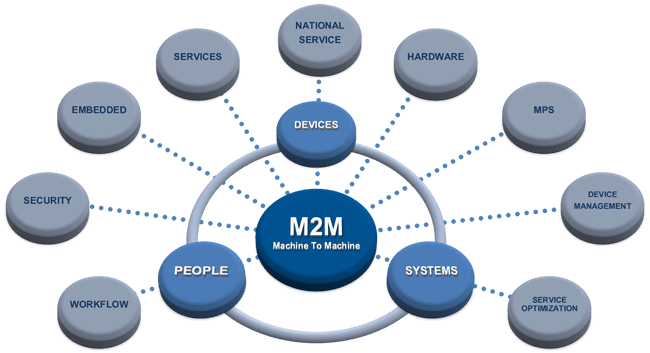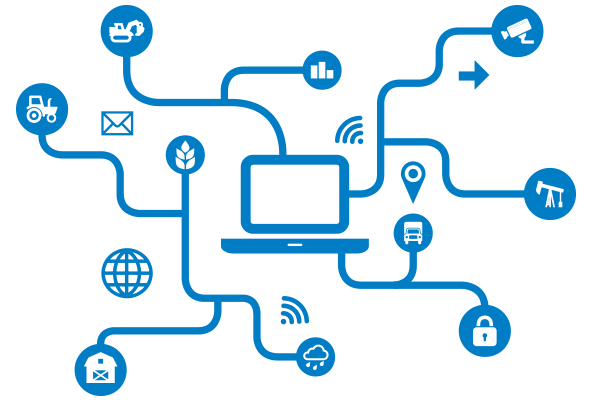Do M2M Devices need 4G LTE?
Do machine-to-machine (M2M) applications like sensors, card readers, and IP cameras need 4G LTE? The answer is yes. More and more M2M devices require 4G LTE to transfer big size data.

What is 4G LTE?
LTE is the name given to one of the most recent
high-speed cellular communication protocols currently in deployment. It is
sometimes referred to as “4G,” although the early releases were closer to
“3.5G.” The suitability of LTE for an M2M device depends on several important
factors, such as availability and cost, device form factor requirements, device
lifespan..
What’s thedifference between 3G and 4G LTE? The average speed on 4G is much faster than 3G, so it makes downloading or uploading data easier.
A Brief History of LTE
LTE was first introduced in 3GPP’s specificationrelease
8in 2009, during which 5 different User Equipment (UE)
categories were introduced. Each UE category defines a downlink and uplink
speed and MIMO support capability. UE categories are necessary for the base
station to determine the type of device and setup the link to it accordingly.
In subsequent releases, more UE categories were introduced, including CAT-0
category in Release 12.
3G
or 4G, which is the Right Fit for Your M2M Device?
At first glance, LTE may appear to be more appealing to consumer type electronics, such as smartphones and tablets, defined in higher categories in the table above, but not so much for low speed, low data volume devices such as most M2M applications.
If your data is small, then 3G is enough for your application; but if your data is big size, then have to use 4G to provide faster downlink and uplink. For example, when you use IPC, it requires higher network speed to ensure the application’s stability.

SIM Card Router needs 4G or not?
SIM card router is also an important part of M2M, and it has been widely used in many cases and projects in M2M. Of course sim card router also upgrades to 4G. Just because many M2M applications require much faster DL and UL speed for data. Now 5G is coming and finally sim card router will be upgraded to 5G to meet the market’s needs.

 Networking
Networking EMBEDDED SYSTEMS
EMBEDDED SYSTEMS Switches
Switches Wireless Solutions
Wireless Solutions Industrial Computer
Industrial Computer Cloud Services
Cloud Services



